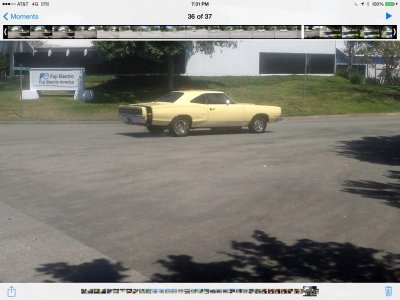Well the basic issue in the front is that the suspension geometry is quite different on the new Chargers & Challengers. The control arm lengths are different, and more importantly, the control arm angles are quite different on these new performance cars. The upper control arm angles downward from the ball joint to the upper control arm pivots, rather than upwards as in most stock cars of this era. This has a profound effect on camber angles vs body roll; you can only duplicate that with changing the control arm pivots points top and bottom.
Add to that the steering is a different system (rack & pinion); you get rid of a lot of the unwanted steering movement inherent in a sterring box/draglink/idler setup.
The rear is the biggest change, going to independent rear rather than a live axle on leaf springs. There are inherent movment changes in an IRS that you will never duplicate with a live axle setup, even with coils.
If you wanted to get close, IMO, you would change:
1) The rear at least to a coil over, 4 link setup with panhard rod with adjustable mount points, or, better, shove a complete true IRS under the rear like under a 4th gen Toyota Supra or come up with a new assembly.
2) Change to rack & pinion that is matched to a new front suspension
3) Re-engineer the front control arm pivot points and angles to be more like the new cars in camber and caster. IMO, the T-bars are OK, just not as flexible as a coil-over.
4) Reshock the whole car front and rear and tune anit-sway bars.
5) Lighter things like control arms and spindles may be difficult to match; these effect unsprung weight and rough surface handling.
But you won't be able to fix the facts that you are starting with a notably longer wheelbase, and have more front and rear overhang mass that adds to rotational inertia in turning transitions.

